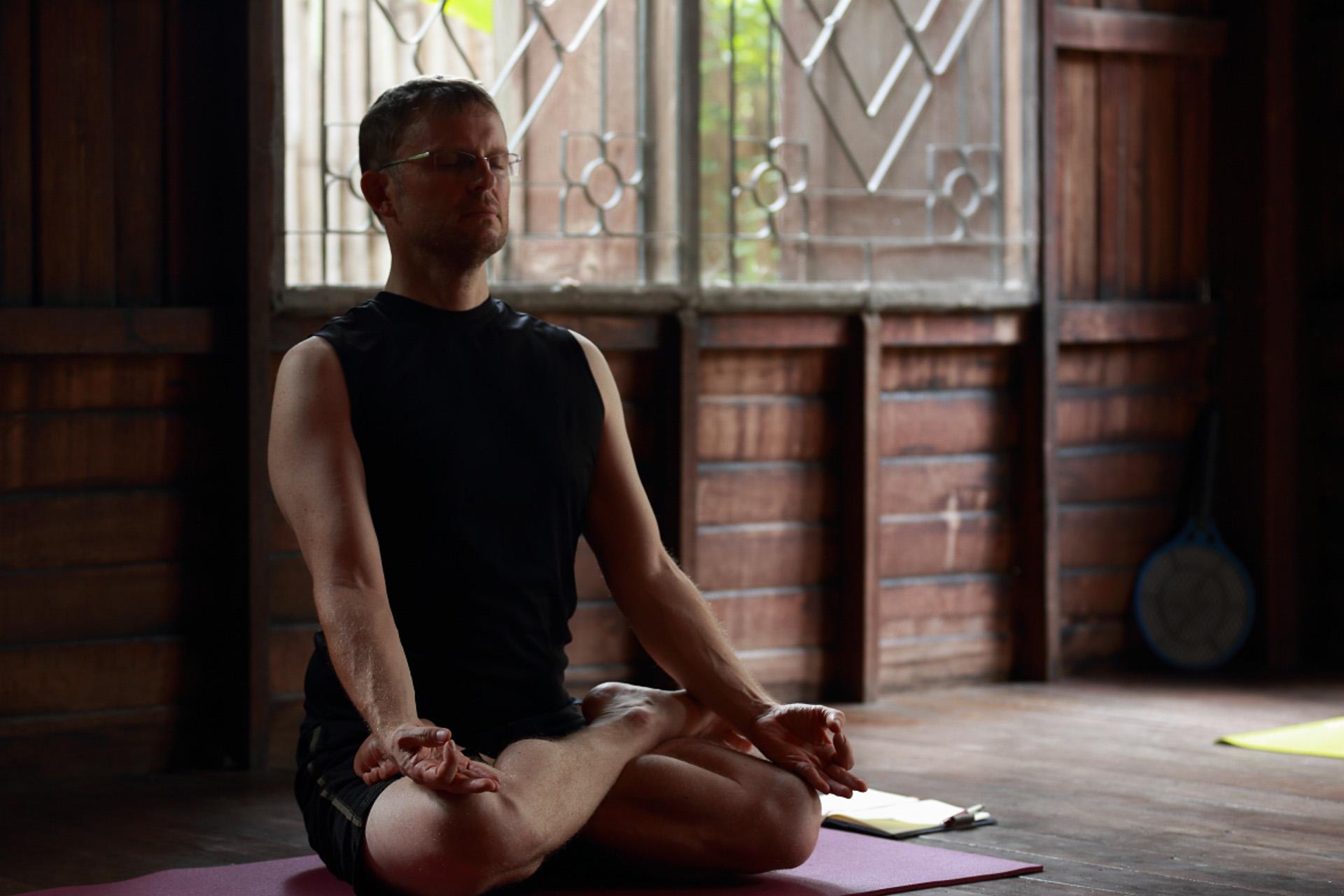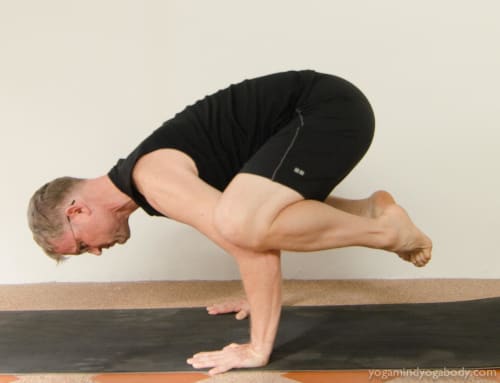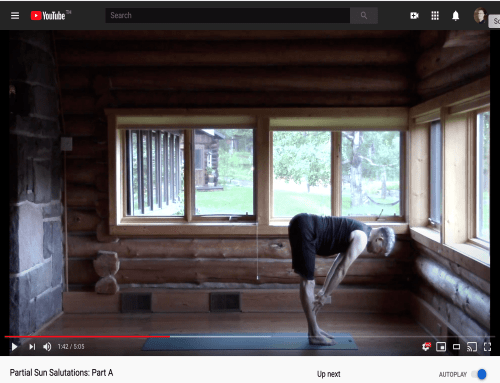To me the main benefit of practicing yoga is to become more present in more moments of our lives. There are many ways to help you along that path, including breath awareness and body awareness. Focusing on alignment to improve body awareness is one of my most frequently used techniques. However, this week I want to emphasize another method: setting an intention.
An intention is not a goal
What does that mean? Setting an intention is very different from setting goals. Goals are focused on the future, and on outcome, whereas intentions are focused on the present moment, and on your state of being. “I want to hold a headstand for 2 minutes today” is not an intention. :) Instead, setting an intention is about “align[ing] your worldly actions with your inner values,” writes meditation teacher Phillip Moffitt.
Intentions can be about thankfulness, forgiveness, or guidance
Setting an intention can begin with asking yourself why you practice. When you figure that out and stay mindful of it when you practice, your practice will gain focus and depth. Yoga teacher Paul Dallaghan suggests that you ask yourself to reflect on these three topics: thankfulness, forgiveness, and guidance. What are you thankful for, what do you need to ask forgiveness for (or what do you need to forgive), and what do you need guidance with? On any given day, see what resonates the most, and use that to select an intention for your practice.
Intentions help you become more mindful
Then return to your intention throughout your practice to deepen its non-physical benefits. Notice how returning to your intention takes you out of the goal-oriented mode that most of us are stuck in most of the time. Soon you will notice that your intentions will return to you even outside the studio, quite unexpectedly. Use intentions to gradually bring more focus and more meaning to all that you do, through focusing on the doing, rather than the outcome.






Leave A Comment